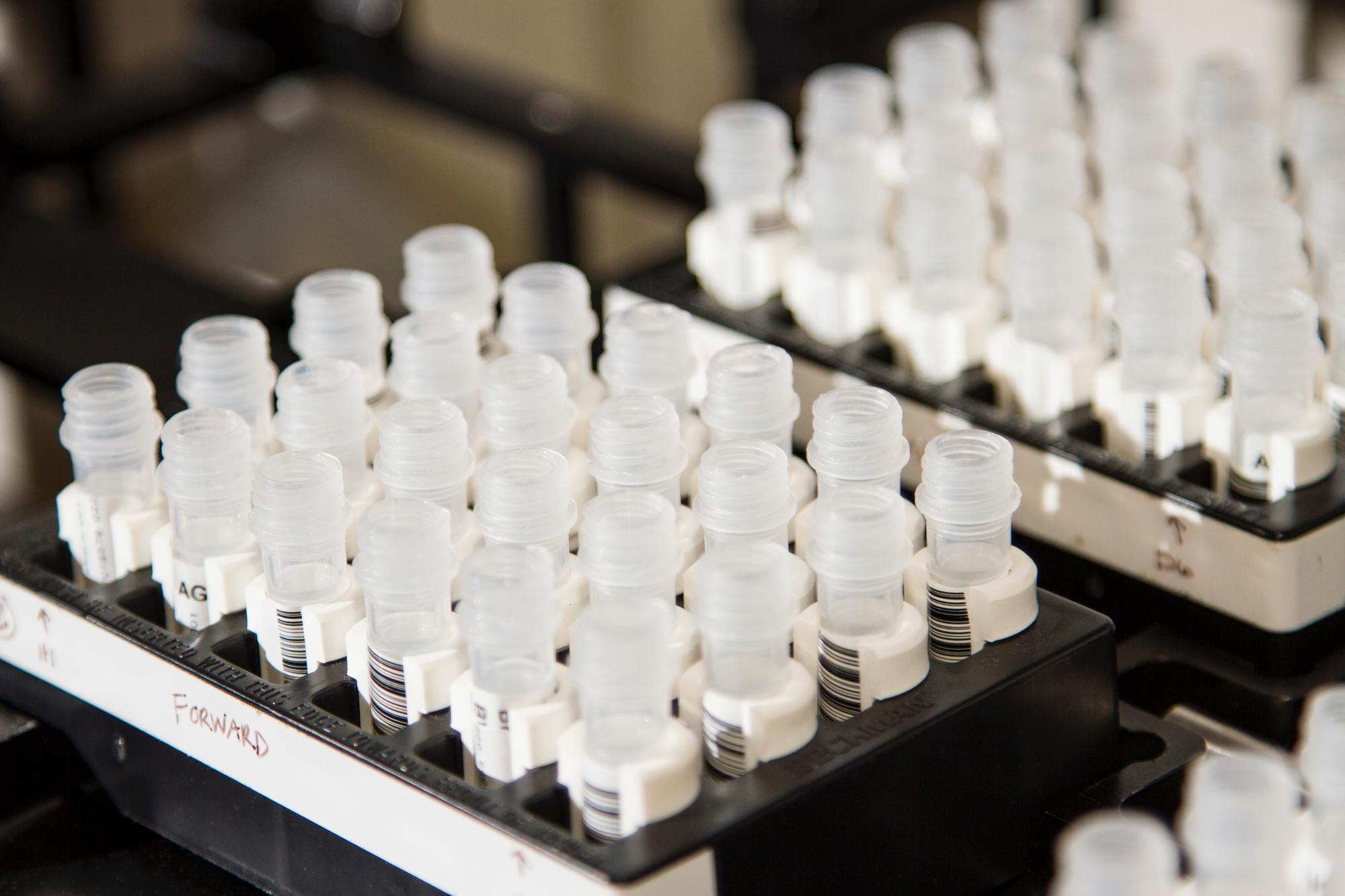Growers and consumers still debate whether indoor or outdoor flower performs “better.” The most honest answer is: it depends on which trait you’re measuring—potency, terpene complexity, batch consistency, or environmental footprint—and on how well each method is executed.
Chemistry and aroma. A 2023 peer-reviewed comparison of matched cultivars grown under natural sun versus artificial light found that outdoor samples showed greater terpene diversity and higher amounts of several terpenes, while indoor samples had more oxidized or degraded cannabinoids. The same study detected unusual cannabinoids such as C4- and C6-THCA primarily in sun-grown material, suggesting broader biosynthetic expression outdoors.
Potency and light spectrum. Classic plant science work demonstrates that UV-B exposure can increase THC concentrations in drug-type cannabis. Sunlight supplies a UV component that is difficult and costly to replicate indoors at scale, helping explain why some outdoor harvests test competitively for potency when weather cooperates.
Batch consistency and risk. Indoor cultivation excels at repeatability: growers can dial in temperature, humidity/VPD, CO₂, and photoperiod, shrinking variance between batches. Outdoor production faces uncontrollable swings in temperature, pests, and rainfall that can flatten yields or dilute cannabinoids in poor seasons—but can also amplify secondary metabolites in stress-positive years. Washington State’s 2025 market audit highlights both opportunity and measurement limits: the state documented oversupply and data gaps, and its methods summarize typical yields around 30–50 grams per square foot per harvest (with caveats about data quality), underscoring how hard cross-system comparisons can be.
Sustainability footprint. If the metric is climate impact, the data are stark. Life-cycle assessments estimate U.S. indoor cultivation emits roughly 2,300–5,200 kg CO₂e per kilogram of dried flower, largely from HVAC and lighting; earlier analyses suggested indoor grows consume about 1% of U.S. electricity. New synthesis work places industry-wide emissions on the scale of millions of homes or cars, while multiple studies conclude that outdoor production can slash emissions—up to ~50× lower than fully indoor—though sustainability isn’t automatic.
Water and land considerations. Environmental research from UC Berkeley’s Cannabis Research Center and allied reviews highlight pressure on sensitive watersheds during peak irrigation season and broader landscape impacts when farms expand into undisturbed habitat. Best practice includes off-stream storage, carefully timed diversions, and siting that protects riparian areas.
Quality in the jar. What do these inputs mean for the consumer? Indoor’s advantage is visual and tactile: denser flower, tighter trim, and immaculate bag appeal from controlled environments and careful post-harvest handling. Outdoor’s advantage often shows up in sensory depth: broader terpene ensembles and the occasional appearance of rare minor cannabinoids that may shape entourage effects—even when headline THC numbers are similar; the 2023 sun-versus-artificial-light study supports that pattern.
So which should you buy or grow? Decide by goal. If you’re chasing visual perfection and tight spec sheets for branded SKUs, indoor or advanced greenhouse usually wins. If you want terpene breadth and potentially novel cannabinoid chemistry with a lighter carbon footprint, well-run sun-grown often delivers, provided terroir and season cooperate. To balance both while cutting emissions, modern sealed greenhouses using renewables, efficient HVAC, and targeted supplemental lighting are a pragmatic middle path. Bottom line: sunlight can broaden chemical expression, indoor control boosts uniformity, and climate costs skew heavily against fully indoor unless mitigated by clean energy and efficiency.
Related Read: How Data Analytics Can Revolutionize Cannabis Cultivation

